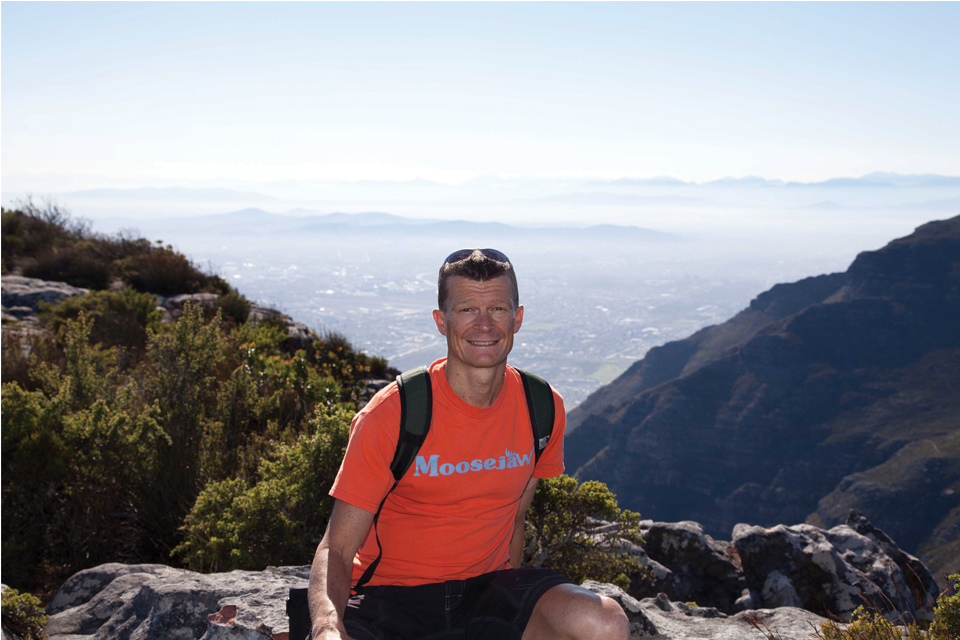Prioritization in Triathlon Training

It’s 5:15 a.m. The alarm goes off. First thoughts… I have this big meeting at work, kids need to be picked up early, and I have to get a 90-minute ride and one-hour tempo run in, plus do my stretching. How can I fit this all in? Not an uncommon scenario for triathletes who juggle family life, a full-time job, and training in three sports.
The following suggestions are based on experience from my own training and from working with other athletes.
1) Add triathlon to your life – don’t plan your life around triathlon
Staying in shape in three sports is challenging. Don’t try to give it the same importance all year. I try to plan my weeks (and also vacation time and travel) so that everything at work is taken care of. Family time and visits have priority, and then I work on fitting in workouts and races.
• It helps me to have my weekly task lists set up ahead of time. On top of a full time job, I coach several athletes and work on their training schedules. I always have some non-training-related activities planned each week as well as the workouts that I want to fit in. Laying out a plan at the beginning of each week helps. For example: Wednesdays, I often take an easier and shorter workout day and know I can find some time to work on training schedules or go out with my wife. On most days I avoid lengthy lunch breaks and take that time to get a swim or gym workout in or work on some training schedules, even if that means eating at the desk or in the car.
• Picking a fun destination for a race is a good way to combine family time with triathlon. The week before and after an Ironman I hardly do any training. Last year my wife and I spent two weeks in South Africa. Two of those days were dedicated to the Ironman race there, but the rest of the time we enjoyed safaris, touring the South African wine country, and visiting Capetown and the Cape peninsula.
• Combine your training with family time. Some athletes I coach who have kids often do their easy runs with baby strollers, or they spend a weekend afternoon with family at the lake and get an open water swim in. My wife, Illiana, often does a one-hour run on Sunday morning. We can do that together, and then I add on if I want to make it a long run during Ironman training.
2) Block Training
Throughout the year there will always be weeks with more time for training. Use these phases as block training periods. Two types of training blocks work well:
• Volume Blocks—over the course of seven to ten days, “overload” your training schedule. Some of the athletes I coach take advantage of the start of Daylight Savings time in March and of spring break where work gets a bit slower. They are then able to increase their training volume by up to 50-75 percent compared to a normal training week. We are planning these weeks at lower intensity so there is no risk for injuries, which we then follow with a few recovery days.
• Sport-specific Blocks – with a full time job, family, and other obligations it is challenging—sometimes impossible—to continuously focus on and improve in three sports. When I feel that I plateau in the spring and want to get my performance back up to race level, I focus just on one sport for a ten-day period. In early March when it’s still cold, a “run block” with running every day for ten days to two weeks works well. Later in March or in April when there is more daylight after work and time for two hours of riding is a good time for a “bike block” where you get in the saddle every day. I alternate hard and easy days but always make sure not to skip a ride (or run) during a block.
3) Workout prioritization – Key Workouts
As a triathlete you will have more than one workout on your schedule for several days per week. For some serious athletes “doubling up” every time, or even having three workouts on certain days, is common.
When I start the week I always think of key workouts I must not miss. Usually these are three quality workouts (swim, bike, and run) and the long ride and long run when I get ready for an Ironman. Those workouts are the key pillars in my training week, so I schedule them for days and times where I know I won’t get stuck at work or on days where I don’t have plans to go out with my wife. I often prefer to do these workouts in the morning. By doing this, if I have to shorten or miss a workout it will not be one of the key workouts that move my training forward.
Stephan Schwarze has been active in triathlon for over 20 year as an athlete and coach. He raced his first triathlon in college in Germany in 1988. Since 1990, he has finished 45 Ironman races, winning his age group seven times. Stephan has raced at the World Championships in Hawaii eight times, finishing on the age group podium there twice.
Over the last ten years, Stephan has worked as a coach with many Austin-area athletes. He passes on his experience, sets up training schedules, and works with them towards specific goals and target races. Stephan is married to Illiana and has lived in Austin since 1996. As an amateur athlete, he has a full-time job with a local technology startup company.






